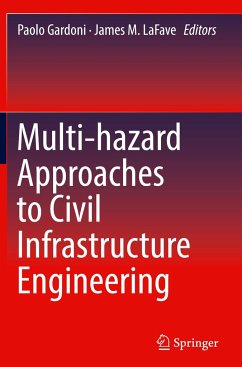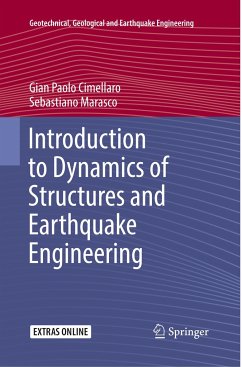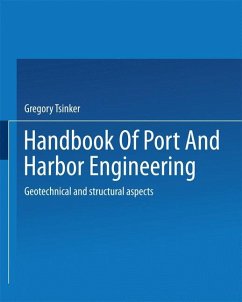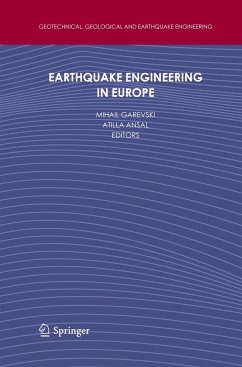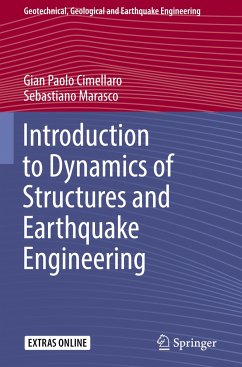
International Handbook of Earthquake Engineering
Codes, Programs, and Examples
Versandkostenfrei!
Versandfertig in 6-10 Tagen
167,99 €
inkl. MwSt.
Weitere Ausgaben:

PAYBACK Punkte
84 °P sammeln!
The subject of earthquake engineering has been the focus of my teaching and research for many years. Thus, when Mario Paz, the editor of this handbook, asked me to write a Foreword, I was interested and honored by his request. Worldwide, people are beginning to understand the severity of the danger to present and future generations caused by the destruction of the environment. Earthquakes pose a similar threat; thus, the proper use of methods for earthquake-resistant design and construction is vitally important for countries that are at high risk of being subjected to strong-motion earthquakes...
The subject of earthquake engineering has been the focus of my teaching and research for many years. Thus, when Mario Paz, the editor of this handbook, asked me to write a Foreword, I was interested and honored by his request. Worldwide, people are beginning to understand the severity of the danger to present and future generations caused by the destruction of the environment. Earthquakes pose a similar threat; thus, the proper use of methods for earthquake-resistant design and construction is vitally important for countries that are at high risk of being subjected to strong-motion earthquakes. Most seismic activity is the result of tectonic earthquakes. Tectonic earthquakes are very special events in that, although they occur frequently, their probability of becoming natural hazards for a specific urban area is very small. When a severe earthquake does occur near an urban area, however, its consequences are very large in terms of structural destruction and human suffering.






